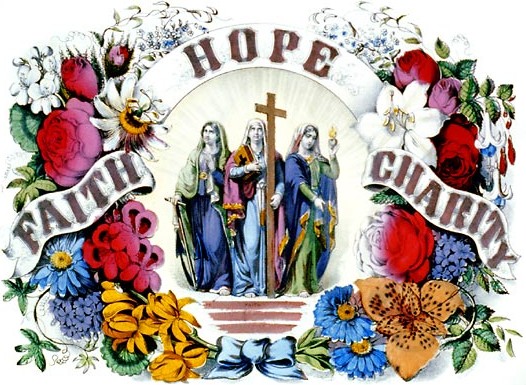Abbey of Gethsemane is a Power Point presentation I put together many years ago. It covers my first visit to the monastery, a five day vocational discernment process. To view the photos is difficult. It reminds me of distant years, times of active alcoholism. The pain, struggles, loneliness, alienation are harsh upon the memory. In my heart, there was so much love, energy bursting to see the light, to give witness and testify, to authentically believe I possessed a vocation as a consecrated contemplative, and yet in reality I was a man unable to put my life in order, unable to bring others into my life, unable to allow God to become a loving and living reality. Reviewing the photos, the people I met I remember distinctly, everything about the first visit is precise in recollection, filled with wonder and hope. I remember the painter from Boston Ms. Walsh, conducting pencil drawings during her retreat, commenting to me that I seemed so sad. We would go on walks together, and I just could not verbalize. She was a beautiful woman, pleasant disposition, peaceful manner, honored she chose me for walks. I wanted to talk with her, yet words would not come forth. I wondered why she kept looking for me for walks when I was so dumbfounded and silent. I could not express myself. It reminds me of a scene I just watched in a film. I am making my way through the Teresa of Avila miniseries once again—a favorite viewing on so many levels. In the opening episode Teresa’s uncle gives her Francisco de Osuna’s “The Third Spiritual Alphabet”. The book would transform her spiritual life, introducing the idea of an interior castle. After receiving the book, clutching it to her chest, she tries to explain to her uncle what is bothering her. “I don’t have time to explain. I don’t understand myself….I always think things will be different. More bigger, you know, more…” Lost for words, her uncle provides his own response, “more heroic. Yes my child. The same thing happens to me. It’s hard to believe things are what they are.” I love how the film captures Teresa often looking about her normal environment, marveling, perceiving the miracle of existence, the totality of reality. I remember once as a young adult walking amidst a snowstorm. The falling snow, the accumulated snow, the historic neighborhood, the night, streetlights, and Christmas decorations all synchronized into a beautiful vision of existence, traversing the divide was comprehension, a momentary coalescing… It reminds me of a feeling of wonderful sadness that often fills me. Contemplative in the Mud posted words by an influence who touched on a profound sadness that is filled with joy. That is perfect. I did not mean to get started on the Teresa of Avila miniseries. I love it. An important point to take note of in this spectacular epic is the fact that Teresa, a mystic of renowned accomplishment, lived so actively and passionately in the world. The opening episode has nothing to do with convents, or cloistered religious being isolated from the world. Teresa is a Carmelite totally engaged in the world. I love the caravans Teresa and her cohort travel amongst. Everywhere she goes she travels with a crowd, people of diverse backgrounds, an abundance of things: wagons, luggage, and animals. Venturing through the world with Teresa is a conglomeration of people, animals and things, including song. Someone is always at her side, conversing advising or being advised. Her and her traveling entourage are greeted with welcome, and heightened expectation upon arrivals. Life is a grand extravagance for the drama queen, filled with people, experiences, and spectacle, yet still life is not satisfying her interior calling. Her exterior life is filled in abundance, yet it is not enough. Teresa is always open to life and individuals, while longing for more. Children climbing on her back, playing upon her, as she lies upon the ground reading mystical books. I love her companionship, intimate connection bordering on codependency with Juanita, recalling the companeros Don Quixote and Sancho Panza. Teresa more than loved people. An accomplished mystic, a contagious loving and effective imprint, she could not live without people. She was always witnessing others, or being witnessed herself. Back to the Gethsemane PowerPoint presentation. I dug it up after viewing the Cistercian encyclopedia detailing the profile of Dom Vital Lehody. I became nostalgic for my experiences with Trappist communities. I did not anticipate the melancholy sweeping over me as I recalled those distant years. Words of Father Lehody come to mind. “Furthermore, regrettable as our faults may be in themselves, they become still worse in their consequences, when they give rise to uneasiness, discouragement or perhaps even despair. On the contrary, peace in repentance is a thing very desirable”. Excessive guilt is a trap. God is a forgiving God. To trust in God is to understand his mercy is absolute. On the path of perfection, there is no need for wallowing in misery. Amongst a conviction to expanding faith, hope, and charity, is the belief that hope surpasses personal experience. My hope in God is greater than my past.
Dec192014

